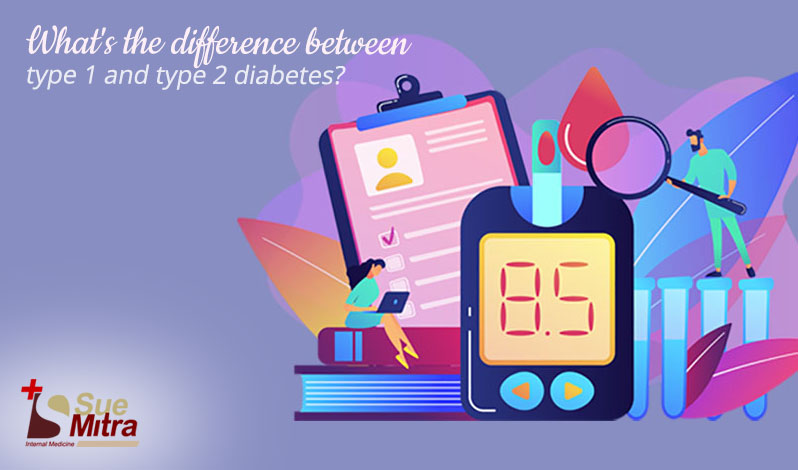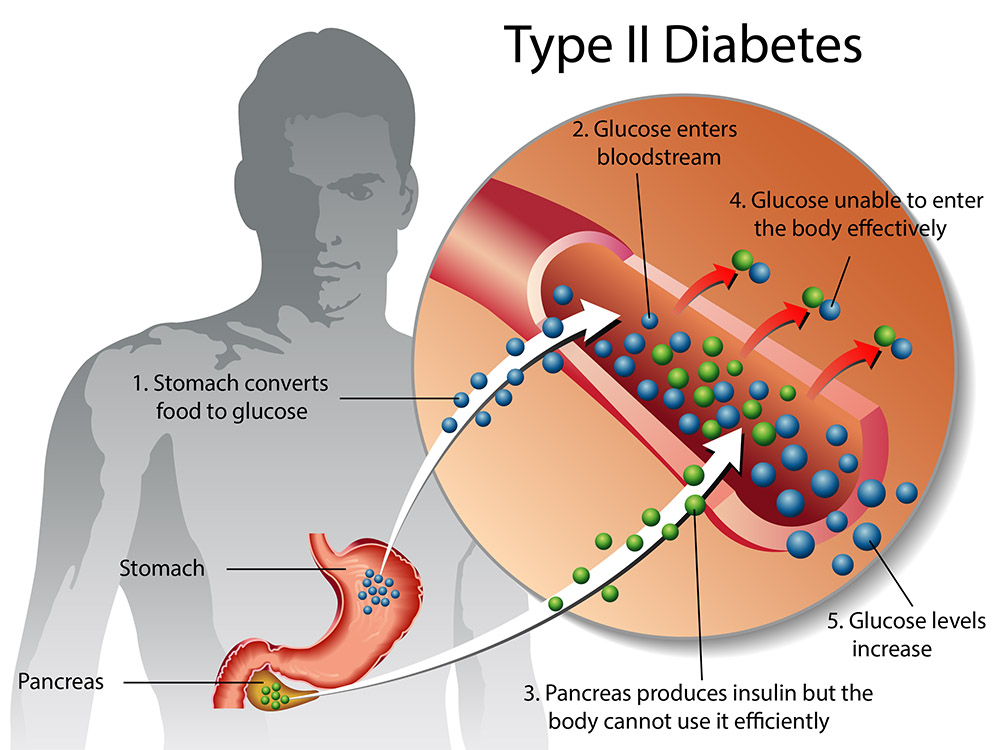
25, Aug 2022
There is a genetic component to diabetes type 1 and a lifestyle component to type 2. However, the latter tends to develop over time. This is what separates type 1 and type 2 diabetes. These cells are attacked and killed by your immune system when you have type 1 diabetes.
Some people confuse diabetes kinds 1 and 2 because they think they are the same disease. Solutions that work for one type of issue do not necessarily apply to another because you may be required to provide an explanation. Choosing the diabetes screening melbourne fl service is the best here.
Having diabetes suggests that your blood has an abnormally high level of glucose, a form of sugar. This is the same for both varieties. The way this is accomplished is what sets them apart from each other.
An autoimmune condition is indicated by having type 1 diabetes. Your body's ability to produce the hormone insulin has been impaired or maybe wholly eliminated. As a result, your body is no longer able to generate insulin.

Type 2 diabetes is a different disease. Your body may not create enough insulin, or your insulin may not work correctly in those with type 2 diabetes. This is known as insulin resistance. This form of diabetes is similar to type 1 in that it signifies an excess of glucose in the blood.
Type 1 and type 2 diabetes are still poorly understood by experts. However, the multiple risk factors associated with the disease are well-understood. Now we know why it's feasible that you'll receive one type instead of the other. It's vital to remember that even if we are aware of this, nothing is fixed in stone.
One of the most significant differences between the two is that lifestyle variables do not play a role in developing type 1 diabetes. Your BMI, or body mass index, if you like. Lifestyle adjustments won't lessen type 1 diabetes risk.
Those under the age of 40 are more likely to be diagnosed with this illness, particularly young individuals. Type 1 diabetes is the most common form of diabetes in children. Even though the disorder is far less common in those over 40, it may still be detected. Choosing the diabetes screening melbourne Florida service is the best here.
Regarding type 2 diabetes, things are a little more complicated. We're well aware of the fact that you're in a risky situation because of the following items:
As a result, we know there are ways to reduce the risk of developing type 2 diabetes. Good lifestyle choices, such as a nutritious diet, regular exercise, and maintaining a healthy weight, may help you avoid acquiring type 2 diabetes.
Dr. Sue Mitra and her staff strive to offer their patients the best care, advice and services available in the medical field with the goal to keep patient healthy & happy.

Dr. Sue Mitra is board certified in international medicine. She is seen here with a Cologuard, which is a noninvasive colon cancer screening test. (Photo by: Tim Shortt/Florida Today)